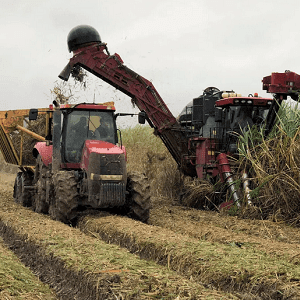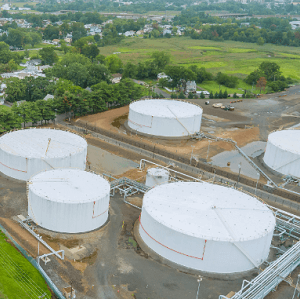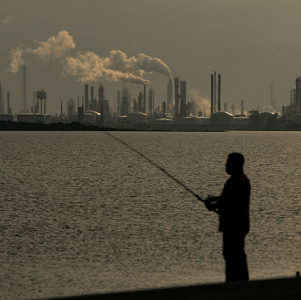Pollution from sugar harvesting in Florida disproportionately affects majority-Black communities, impacting over 40,000 residents. This environmental health disparity is part of a larger pattern of industry pollution burdening disinvested Black neighborhoods, while other Florida communities remain largely unaffected
Traditional “pre-harvest” burns clear away cane leaves and ready the plants for the sugar mill. The ash from the cane burning, colloquially referred to as “black snow,” pollute the air and fill nearby residents’ lungs with toxic particulate matter. The shift towards green harvesting, a less polluting method, is occurring closer to predominantly white communities, exacerbating the disparity. This trend reflects a historical pattern of government agencies and companies prioritizing the needs of white communities over Black ones
Most global sugar cane operations now use mechanical “green harvesting” methods out of concern for nearby residents and for the environment, but farms in the Glades communities remain an exception. It’s an exception that portends certain realities of everyday life during cane burning season spanning October to March: missed school, having to stay indoors, and using nebulizers daily to aid with breathing. Doctors tell some residents that they should leave to improve their health. But moving can be expensive, and one-third of Glades residents’ incomes fall below the poverty line.
See “Sugar harvesting pollution hits Black Florida residents hardest” by Ray Levy Uyeda on the Prism Reports website (January 4, 2024)



